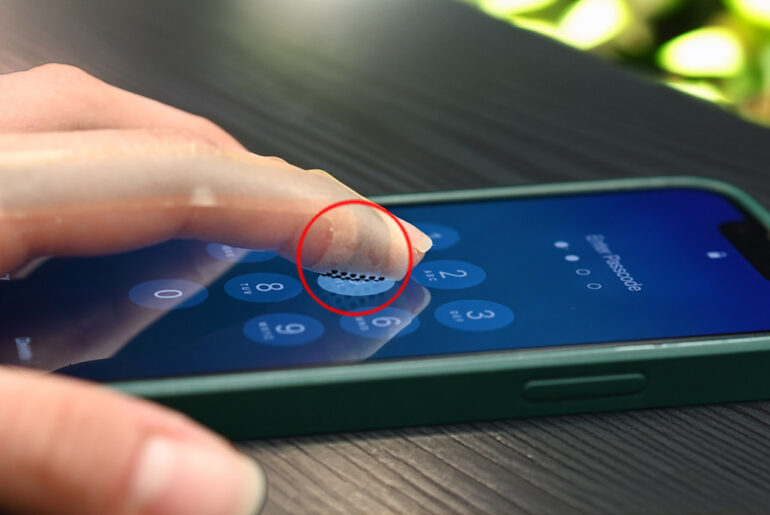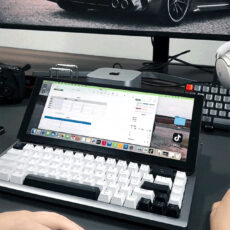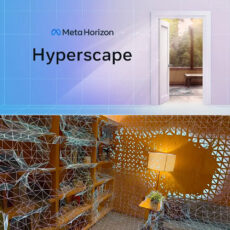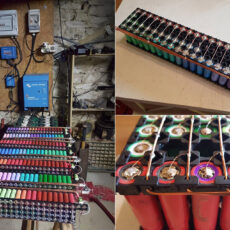
Touchscreens today offer crisp pictures, but the experience of running your finger across glass is still a pretty dull affair. Northwestern University engineers have come up with something that might just change that…a wristband-like device that slips over your fingertip and simulates the feel of scratchy fabric or smooth metal on the same screen. They’ve called it VoxeLite, and it makes digital swiping feel a lot more like the real thing.
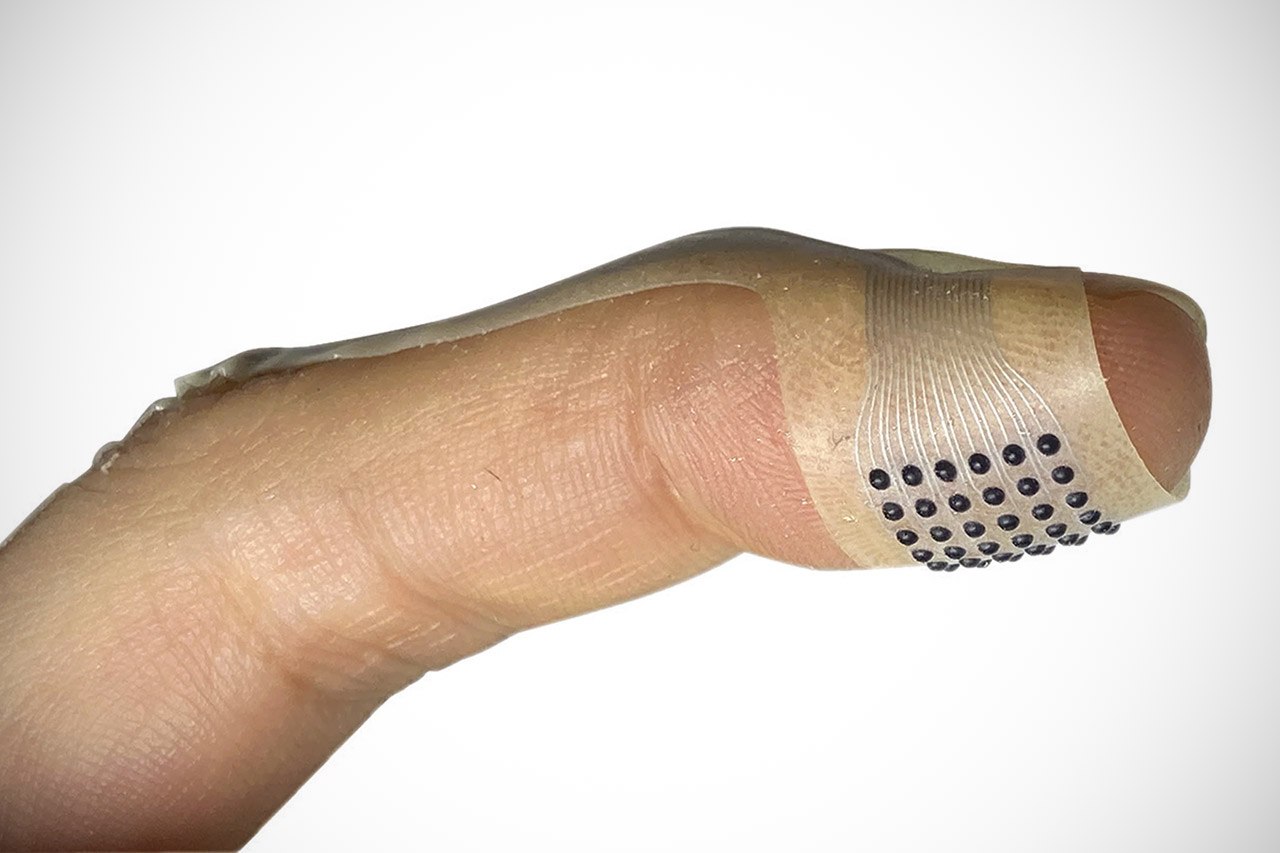
The researchers behind VoxeLite took a stretchy latex sheet and shaped it to fit snugly round your fingertip without digging in or pinching. It’s so light (less than 1 gram) that you’d hardly notice you’re wearing it. Inside the sheet are hundreds of teeny-tiny rubber bubbles, each smaller than a pinhead and packed in so tightly that they resemble the resolution of human skin. Each one has a tiny conductive bit wrapped around it, which contains a small electrode. When you drag your finger across a grounded surface, such as a phone screen, the bubbles come to life, tilting just enough to press patterns into your skin, giving you the sensation of denim or Braille.
- Full HD 1080P IPS Screen: Immerse yourself in a vivid and accurate image with a 1920 x 1080 resolution IPS screen. Enjoy a wide 178° viewing angle...
- Portable Monitor with Stand: The ARZOPA portable monitor crafted with high-quality and durable metal materials, monitor with built-in kickstand can be...
- Multiple Display Modes: Choose from duplicate mode, extend mode, or second screen mode to suit your preferences. Connect your smartphone to desktop or...
It all comes down to a little of delicate voltage, since a low voltage is enough to get the bubbles to adhere softly to the screen, making it feel silky smooth, but step up the voltage and you get the abrasive texture of sandpaper. The bubbles can fire up to 800 times per second, which is quick enough to detect even the tiniest vibrations that make a zipper or button feel alive. You may turn it off to get a good sense of the natural grain of a wooden table, or you can turn it on to superimpose all of the virtual elements on top.
Sylvia Tan, a student in Northwestern’s robotics school, has been working on VoxeLite for years with her advisers, J. Edward Colgate and Michael Peshkin. Colgate has been researching into touch technology for a long time, and Peshkin designed it to be comfortable enough to wear all day. Their work was recently published in Science Advances and financed by the National Science Foundation. And the best part is that it does not require any bulky equipment like gloves or stiff pads.
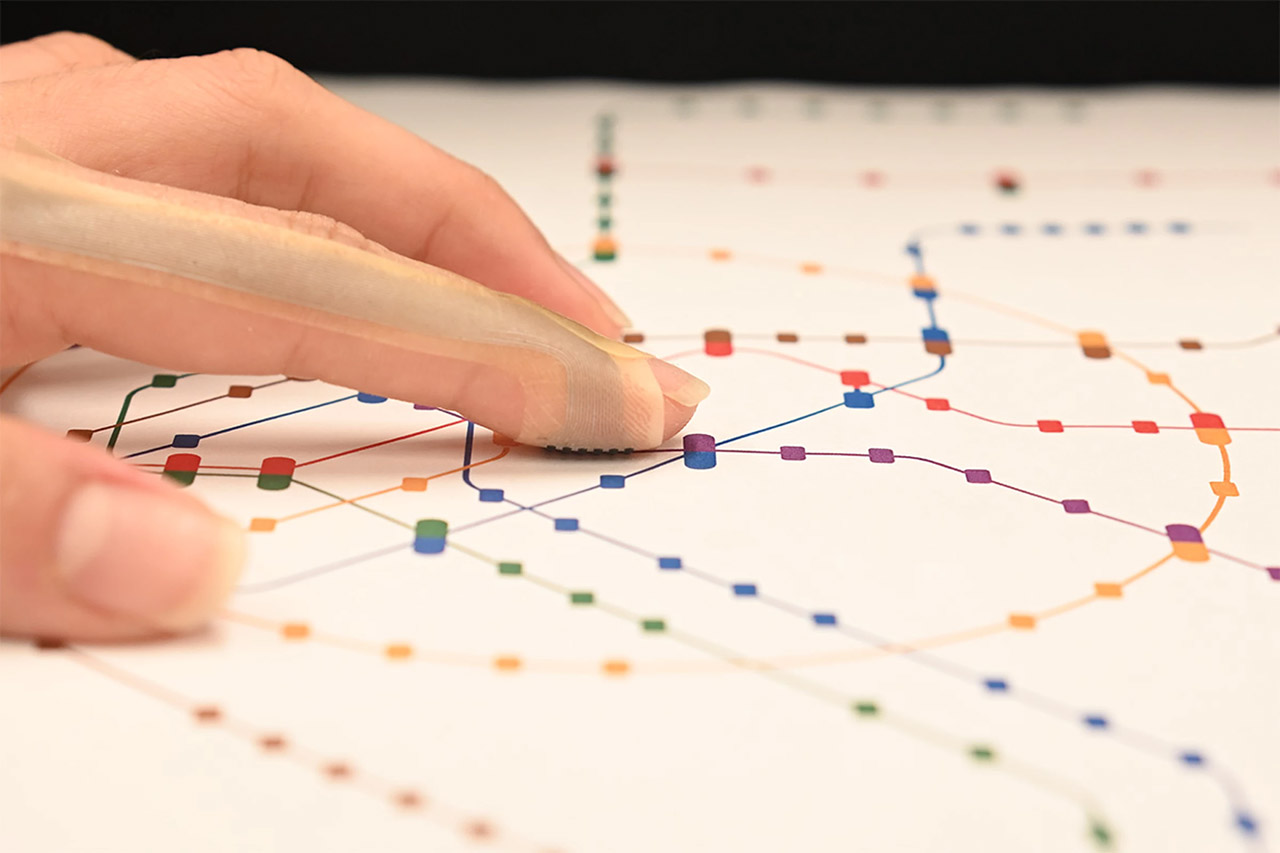
The volunteers who trialed VoxeLite took turns tracing paths on a tablet, trying to figure out where the little arrows and ridgelines were going. They performed admirably, correctly answering 87% of the time, and even better when the exam included loops or zigzags to make it more difficult. When it came to materials, they could discern the difference between leather, corduroy, and terrycloth with 81% accuracy, despite the fact that the microscopic bubble-based haptic sensors were buzzing along at a minuscule 1.6 millimetre grid. They obtained those results from a system with a mind-boggling 100 nodes per centimeter, which is dense enough to trick the eye… or fingertip, as the case may be… into believing the screen is three-dimensional.
However, this technology has the potential to have the greatest influence on everyday screens. Imagine surfing through an online catalog and a sweater’s knit pulls at your touch, much like the real thing, or a virtual keyboard that offers a gratifying bump when you click a key. Games may take this a step further by making the stretch of a rubber band or the sensation of gravel underfoot feel real.
The next step is to go wireless, which means ditching the tiny connection that now powers the band-aid-like device and pairing it to your phone like wireless headphones. Durability testing will be performed to ensure that the latex can withstand several weeks of sweating and swiping. Calibration will also be required, with each user’s setup being completely precise so that one person’s optimum roughness does not cause another’s pain.
[Source]

